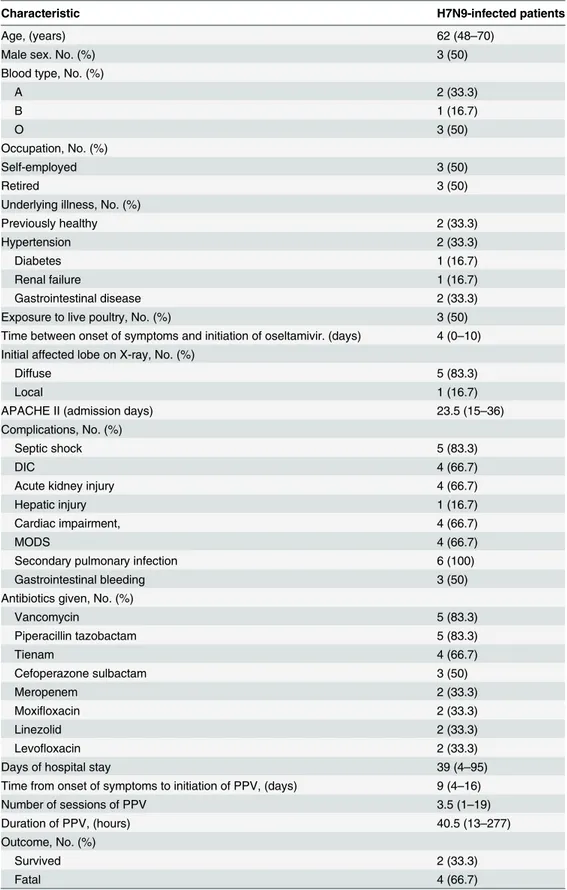A Multicenter Retrospective Review of Prone Position Ventilation (PPV) in Treatment of Severe Human H7N9 Avian Flu.
Texto
Imagem



Documentos relacionados
Conforme apresentamos na Seção 2.7, o Sólido de Escher, que está sobre a torre direita na obra Cascata, Figura 52, é uma estrelação (técnica utilizada por Kepler e Poinsot)
Figure 2 - Functional map of the distribution of regional lung ventilation as assessed by electrical impedance tomography in the supine position (SP), in the right lateral
Another retrospective review of the records of 56 patients with post-prostatectomy in- continence after surgery for BPH showed that 43% were found to have complex incontinence
Post-training in patients with cerebral palsy is little studied. )n this study it was seen that after days of the end of treatment, the values found were better than
We describe herein the case of a patient with ARDS secondary to influenza A (H1N1) on whom recruitment maneuvers and ventilation in the prone position were used for the treatment
The post-treatment fibrosis annual progression rate in comparison with the fibrosis stage on the pre-treatment biopsy showed a significantly higher decrease of this progression
To better understand the discrepancies of MEH-PPV fluorescence when in solution and film, blends of PMMA/MEH-PPV 0.03 to 0.1% m/m and 2.52 ± 0.14 µm thickness and spin-coated 180
Novel influenza A(H7N9) virus linked to human disease in China, April 2013.. Analysis of the clinical characteristics and treatment of two patients with avian influenza